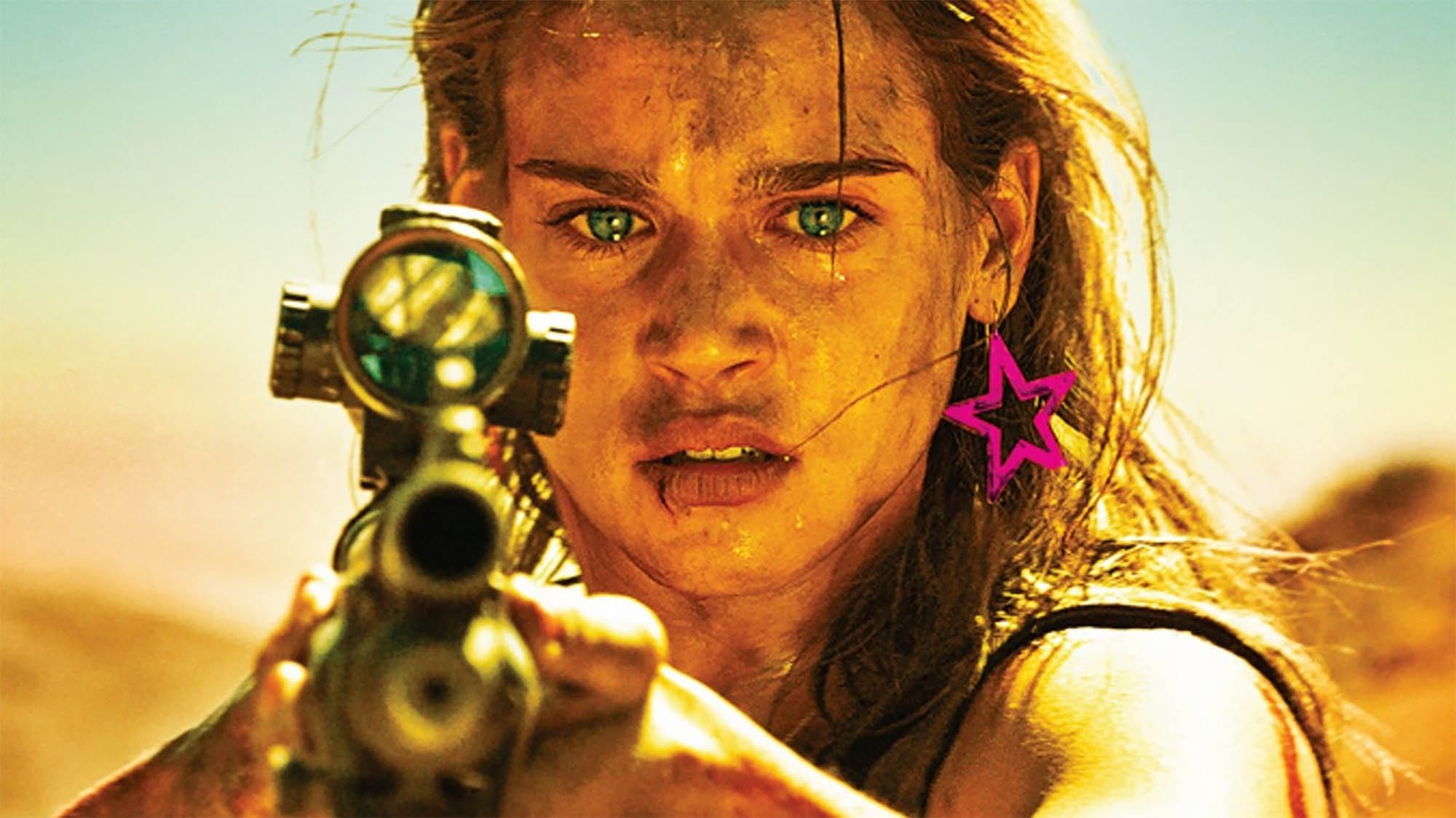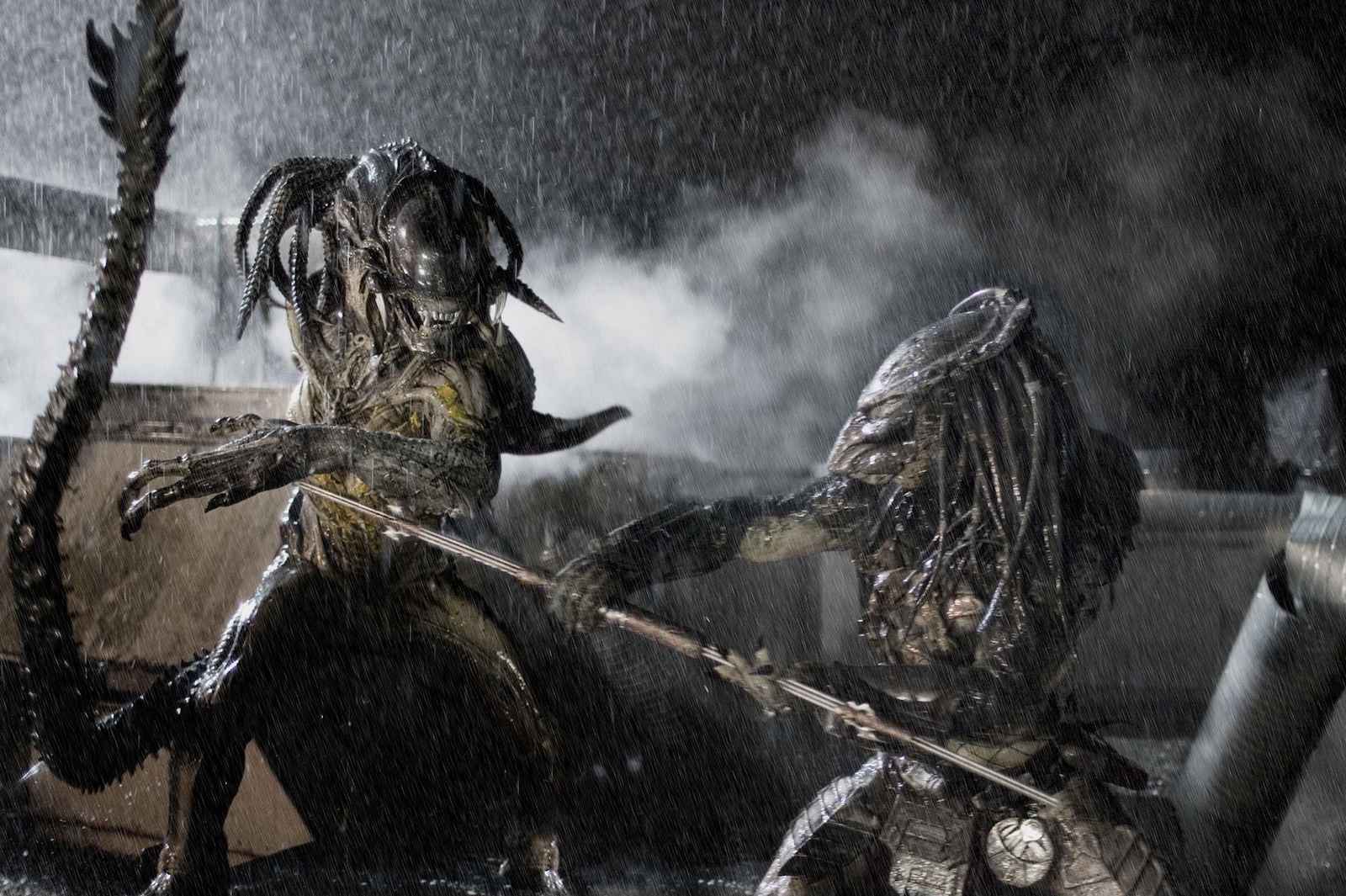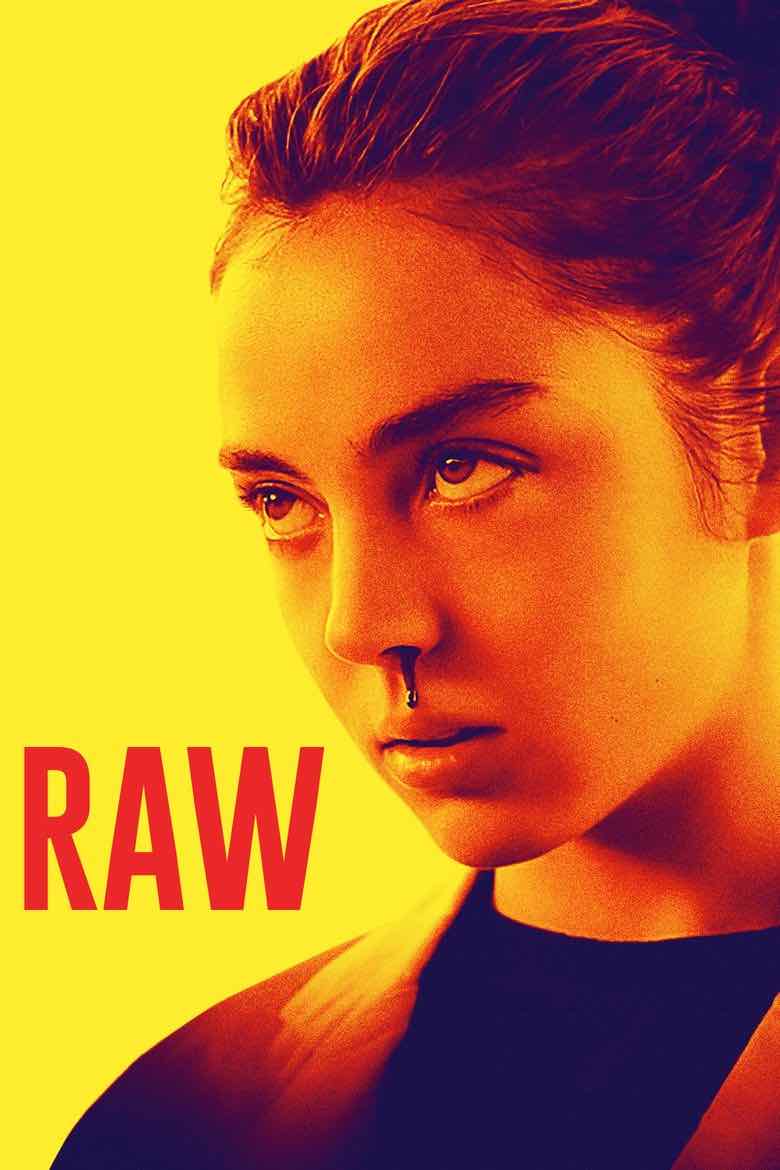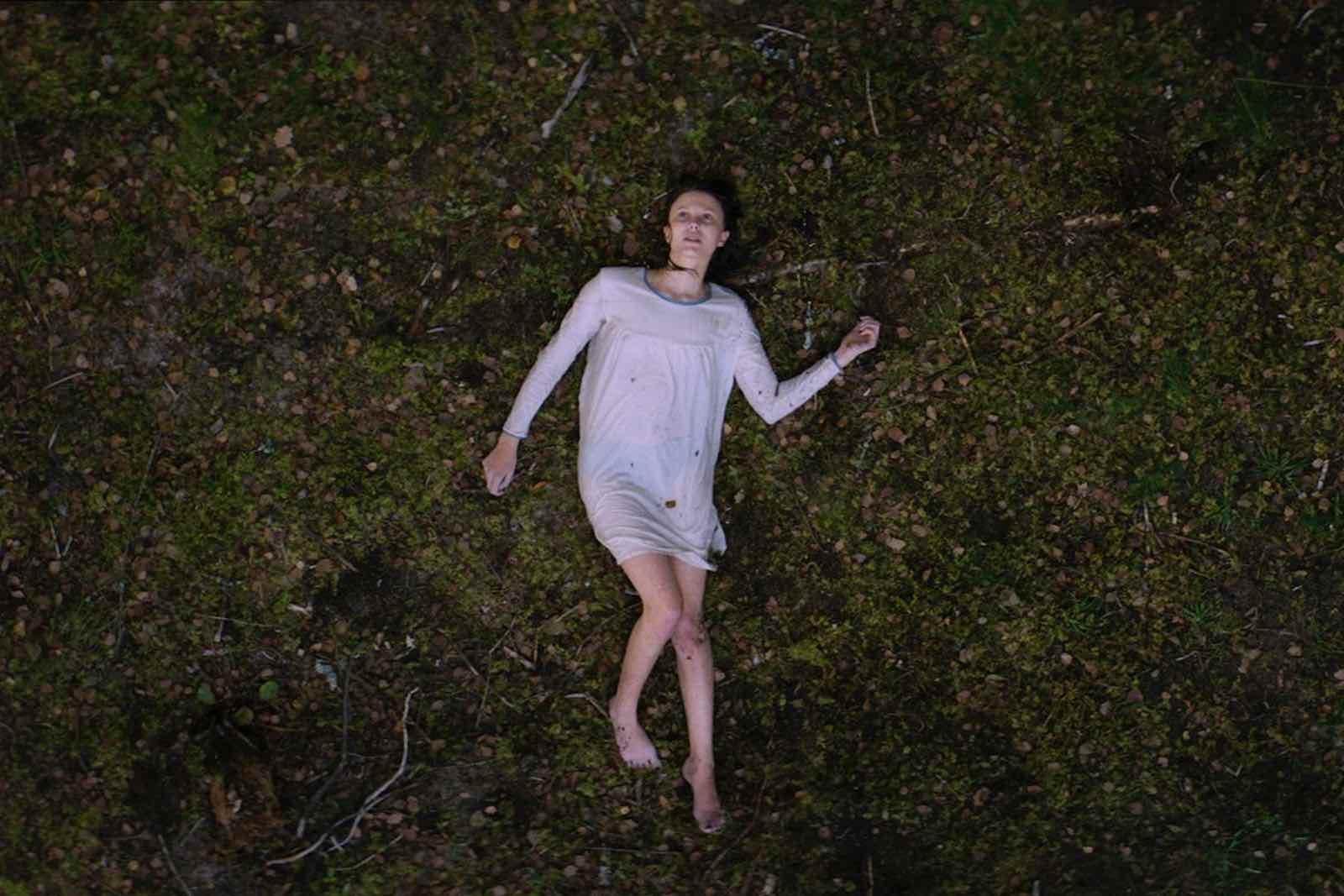
The scary good filmmakers leading the rise of woke horror
Mainstream horror cinema has become progressively more inclusive in recent years. With the arrival of more diverse artists in the industry addressing subject matter they are personally drawn to that reflects their own experiences, the genre seems more accessible than ever. One need only look at the Emmys shortlist to find evidence that the viewing public wants diverse stories told well.
Horror has always been a fundamentally political genre: topically charged, thought-provoking, and terrifying. We are entering a new phase of horror filmmaking and the lines between independent and mainstream horror cinema are beginning to blur. In recent years, filmmakers working within the realm of cult media have been accentuating the dimensions of family, race, sexuality, power-dynamics, and culture in horror cinema.
These days, filmmakers like Jordan Peele (Get Out) and Gerard McMurray (The First Purge) have started utilizing horror tropes to explore societal issues. Films like Raw and A Ghost Story use horror tropes to explore interpersonal relationships with a political bent. A new subgenre is emerging – a funhouse reflection of our times.

The politically tinged horror of today can trace its lineage back to the reactionary horror films of the 70s and 80s. Wes Craven’s rape-revenge Last House on the Left and Tobe Hooper’s classic The Texas Chainsaw Massacre were both a response to the Vietnam War, with TCM loosely inspired by serial killer Ed Gein. Elsewhere, George Romero tackled consumerism in Dawn of the Dead through the prism of a zombie apocalypse in 1978.
In the 80s, filmmakers predominantly in the genre addressed cultural fears and attitudes towards the AIDS epidemic by contextualizing the illness in parables and pandemic narratives that started to flood the market throughout the late 80s and early 90s – The Fly, Lifeforce, Street Trash, From Beyond, The Blob, and Alien 3 are just a few examples.
The word horror now encompasses dozens of subgenres and concepts across the cinematic spectrum. And in the last few years, a new subgenre has started to emerge: woke horror or new art horror, which involve films that are typically well-constructed genre pictures with political underpinnings, legitimate frights, and intelligent storytelling.

Films like Trey Edward Shult’s dystopian nightmare It Comes at Night, Jordan Peele’s Black Lives Matter parable Get Out, and Joachim Trier’s sapphic shocker Thelma are all entries in the canon of woke / new art horror.
New art horror is distinct from old art horror (e.g. Martyrs and The Ordeal), as the latter subgenre uses horror tropes to explore interpersonal relationships while the former uses horror tropes to explore societal issues. Now we’ve defined the subgenre, let’s look at some movies that have made an impact in the woke horror category.

Raw
Julia Ducournau’s French-Belgian production Raw might be one of the finest (if not the finest) female-centric film in new art horror thus far.
The critically acclaimed coming-of-rage cannibal allegory revolves around Justine (Garance Marillier), a socially-inept vegetarian embarking on her first week of veterinary university. The animal rights enthusiast starts to feel a bit strange after a college initiation involving some raw meat and too much alcohol – and it isn’t a hangover.
Justine develops a hankering for meat and when frozen meat won’t cut it, she needs to become a bit more inventive. Raw can be read as an animal rights allegory; a film with depth, scale, and carnage.

The Bad Batch
Opening with a young woman exiled to a barren wasteland by the US government and left to fend for herself, she quickly finds herself captured by a cabal of desert cannibals.
Ana Lily Amirpour’s sophomore effort, The Bad Batch, has a distressingly violent first hour that unfolds like a stylized snuff movie, before segueing into bizarre, cult-themed territory. A Trumpian woke horror that examines the justice system through the prism of a dystopian Hell.

Revenge
Coralie Fargeat’s ambitious debut Revenge is a multi-layered approach to revisionist cinema with allusions to several cinematic properties – a kinetic and ultra-violent revenge thriller that is equal parts Russ Meyer and Virginie Despentes.
Newcomer Matilda Lutz (Rings) is the ravishingly cold-blooded Jen, who is pitted against a trio of would-be murdering rapists and proves more than a match for them. Fargeat tackles rape culture, toxic masculinity, and female rage with this thriller that goes beyond the tropes of the rape-revenge subgenre.

The Cured
Irish film The Cured shares a near-identical premise to the short-lived BBC zombie drama In the Flesh, positing a world where the infected (or undead) are being reintegrated back into society. This zombie drama serves as a metaphor for xenophobia, the culture of violence, and Ireland’s healthcare system.

Thelma
A slow-burning tale of lesbian love, Christianity, and magical powers in Norway in which Eili Harboe (The Wave) plays the titular character – a shy young woman who has started college and is struggling to make friends.
Under constant surveillance by her strict parents, she meets a free-spirited young woman named Anja and they embark on an affair. To say anymore would spoil the film, but we can reveal it tackles homophobia, religion, sex, and family.

Hereditary
Mental illness in horror cinema is almost always maligned, but Ari Aster’s occult-themed, haunted-house story examines mental health in a meaningful way in his debut feature. He uses horror tropes as a tool to look at the social fears about motherhood, grief, mental illness, and the misconceptions that surround them.

Rift
A lesser-known entry in the woke horror canon is Rift. Gay men rarely take center stage in horror films, making this Icelandic queer love story with supernatural overtones a must-see for fans of legitimately spooky fare.



